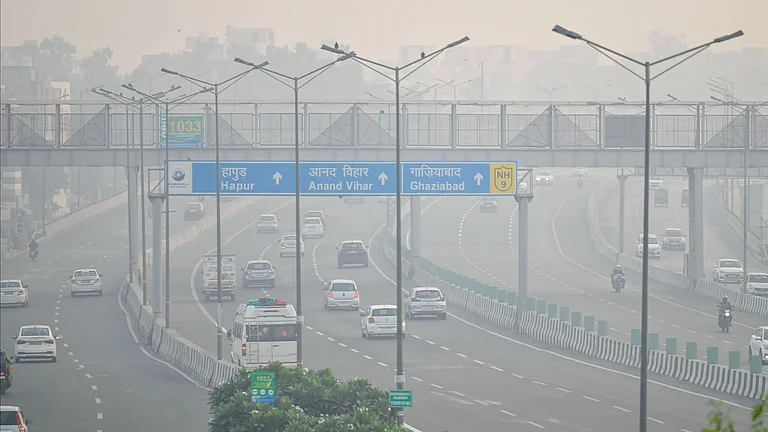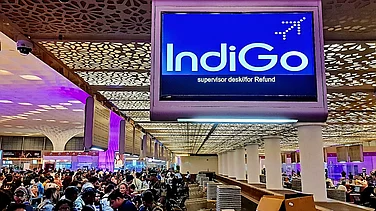The Budget underscores the Government’s effort to stimulate the economy by increasing capital expenditure without losing focus on the long-term structural measures. It is prepared with a strong conviction that economic recovery will benefit from the CAPEX multiplier effect.
The Budget has enhanced CAPEX spending significantly by 35.4% (y-o-y), which will be nearly 2.9% of GDP in FY23. Under the PM GatiShakti Master Plan, the Government proposes to expand the national highway network by 25,000 kms in 2022-23. The much-emphasized GatiShakti plan will improve the multi-modal connectivity and facilitate seamless movement of cargo, while reducing logistics costs. Interestingly, there has been a significant increase in allocation for financing schemes aimed at supporting the CAPEX of State governments.
For the farm sector, it has promoted chemical-free natural farming and technology leverage through the use of Kisan drones. This augurs well for the farmers’ productivity. In addition, a fund created under NABARD will encourage AgTech start-ups to actively participate in the farm ecosystem. These efforts are expected to make the farm sector more efficient, sustainable and profitable. It will make our farmers more resilient also. A comprehensive package for fruit and vegetable farmers and financial support to farmers from backward classes to undertake agro-forestry will diversify income streams in the rural areas. However, there are a few disappointments too. The allocation towards MGNREGA that employs a large rural population has been lowered despite a greater demand witnessed in the last few months. The amount under PM-Kisan Yojana has also been kept unchanged.
Within real estate & housing sector, affordable housing has received a renewed push from the Government with an allocation of Rs 480 billion for the PM-Awas Yojana (both urban and rural) along with a single-window environmental approval. Digitisation of land records at the national level is also proposed. With timely implementation, this will promote employment and income generation.
For the MSME sector, extension of the Emergency Credit Line Guarantee Scheme (ECLGS) till March 2023 was a strongly felt need. This has been done with a total cover of Rs 5 trillion and revamping of Credit Trust with Rs 2 trillion credit. This will provide a boon to lending to MSME sector. An additional amount has been earmarked for the hospitality sector also to help it overcome the pandemic downfall.
India has set a target of Net Zero emissions by 2070 under its commitment to deal with climate change. Towards this end, the Budget rightly puts clean energy and climate action as one of the focus areas. Measures like floating of sovereign green bonds to fund green infrastructure projects and additional allocation towards indigenous production of high-
Efficiency solar modules under PLI scheme reiterate India’s commitment towards a low-carbon economy. An increase in the use of biomass pellets in thermal plants will not only lower air pollution but will also generate additional income and employment opportunities for farmers. A pilot project for coal gasification and conversion of coal into chemicals will help Thermal Plants to comply with emission norms. Battery swapping policy will address the charging station infrastructure issue and will enhance the adoption of EVs, especially in urban areas. Greater focus on climate shall attract new investors while mobilising private capital towards sustainable development. Green infrastructure projects will eventually improve the ESG funding avenues for the private sector players.
The Budget also focused on boosting the digital economy as well as bridging the digital divide. To encourage further adoption of digital payments, new digital banking units, bringing post offices on the core banking system, contracts for laying optical fibre under BharatNet projects, 5G spectrum auctions, infra status for data centres & energy storage systems and introduction of digital rupee using blockchain and other technologies by the RBI are proposed in the Budget.
However, to finance the budgetary spending plans, the Government has targeted gross borrowing of Rs 14.95 trillion, which is much higher than market expectations and implies higher borrowing costs. While higher public sector CAPEX and reform thrust of the Government are strongly positive for investment uptick, higher borrowing costs and weak rural demand pose some downside risks to the investment climate.
Dinanath Dubhashi is the Managing Director and CEO of L&T Finance Holdings

























